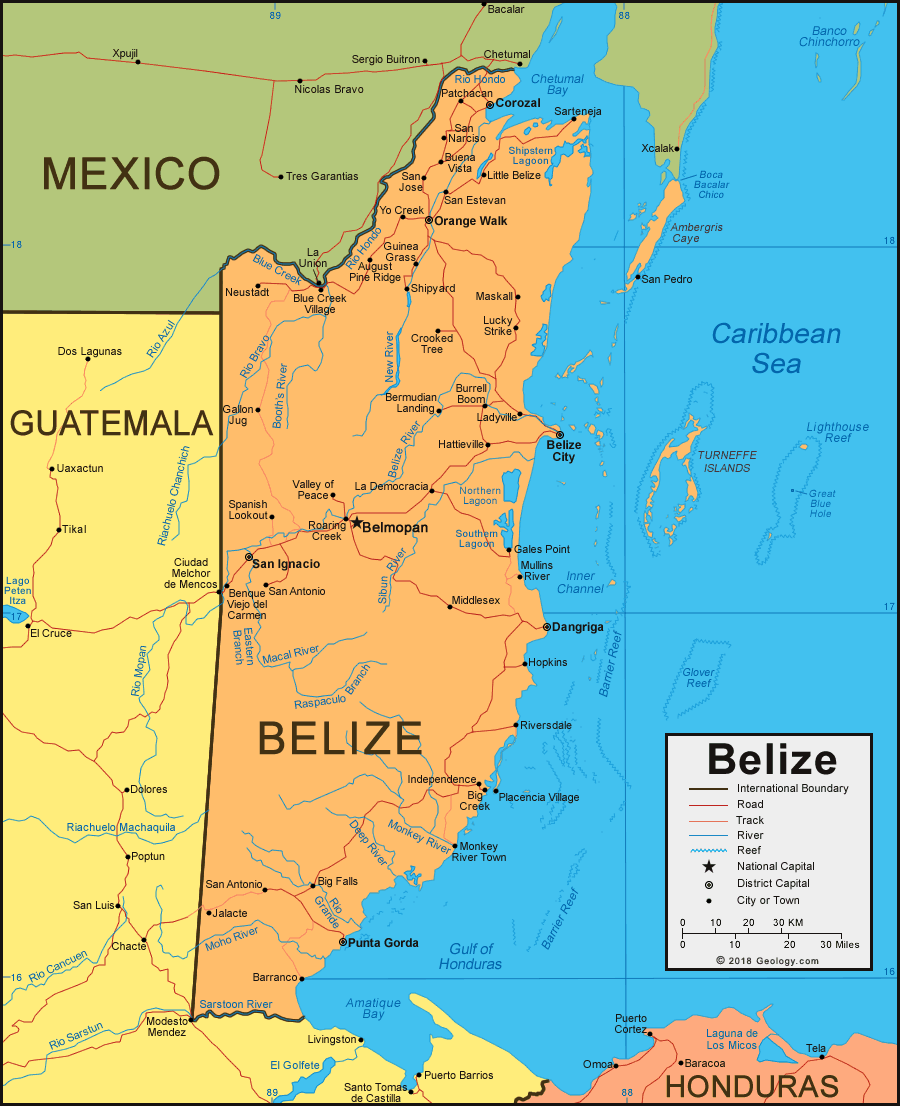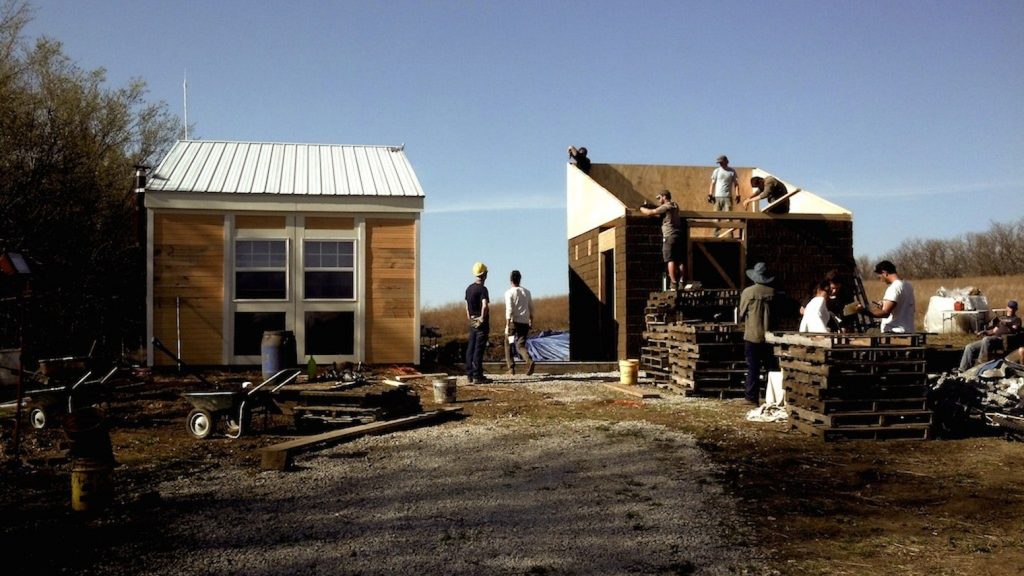Where is Belize?... and why are we going there?
How did all this start? Well, some years ago, unknown to me, MAC found a 'GoFundMe' site for something called Open Source Ecology which wanted to develop low-cost machinery for thrid world applications. This intrigued her (she has a strange 'bent' for construction stuff as epitomized by our trip to Las Vegas some years ago so that she could drive a bulldozer!!). The project developed over the years and she followed it until one night last summer, she lobbed a question to me
"Do you want to go and volunteer to build a house in Belize?"
Without really thinking too much, I said,
"Sure".
I didn't really think it would happen, they wouldn't want 'oldies' like us. Well we signed up, we were the first, and they said "Great" so here we are. In the following posts you will find more than you ever wanted to know about the project and our progress.
"Do you want to go and volunteer to build a house in Belize?"
Without really thinking too much, I said,
"Sure".
I didn't really think it would happen, they wouldn't want 'oldies' like us. Well we signed up, we were the first, and they said "Great" so here we are. In the following posts you will find more than you ever wanted to know about the project and our progress.
 |
| Right at the north end of Belize is the town of Corozal, Copper Bank where the house will be built, is just to the south of there on the promontory which sticks out into the bay. We will fly into and out of Belize City in the middle of the country on the coast. |
Courtesy of Wikipedia:
Belize is an independent and sovereign country located on the north eastern coast of Central America. Belize is bordered on the northwest by Mexico, on the east by the Caribbean Sea, and on the south and west by Guatemala. It has an area of 22,970 square kilometres (8,867 sq mi) and a population of 408,487 (2019). Its mainland is about 180 mi (290 km) long and 68 mi (110 km) wide. It has the lowest population and population density in Central America. The country's population growth rate of 1.87% per year (2018 estimate) is the second highest in the region and one of the highest in the Western Hemisphere.
The Maya Civilization spread into the area of Belize between 1500 B.C. and 300 A.D. and flourished until about 1200. European colonization campaigns began in 1502 when Christopher Columbus sailed along the Gulf of Honduras.
European settlement and genocide of indigenous peoples was begun by English settlers in 1638. (Uh ho!! here we go again!! RM).This period was also marked by Spain and Britain both laying claim to the land until Britain defeated the Spanish in the Battle of St. George's Caye (1798). It became a British colony in 1840, known as British Honduras, and a Crown colony in 1862. Independence was achieved from the United Kingdom on 21 September 1981.
Why are we going there in February 2020?
We are going to build a micro house and full details can be found at: https://www.opensourceecology.org/ceb-microhouse-build-in-belize/
 |
| This is what we are going to be doing!! |
Open Source Ecology (OSE) is doing the first ever house build outside of the USA. We have done a number of builds at our headquarters in Missouri, and we are taking an opportunity to do a service project abroad. One of our collaborators from Belize has built the OSE CEB press – and we decided to build a house for a community member in need in Copper Bank – a fisherman’s village in northern Belize. This is a unique opportunity to learn about appropriate technology, to expand your horizons in a different culture, to eat local food, to learn about ecological construction – and to contribute to a worthwhile effort. Residents from Copper Bank are invited to the build – and together with the international community that descends onto Copper Bank – we are all in it together for an immersion experience in CEB construction.
Collaborative Build of the CEED Eco-Home
Open Source Ecology is about collaborative design for a transparent and inclusive economy of abundance. This event builds upon the open source work of OSE – and in particular the open source CEB Press. The house itself will be built along the style of an expandable seed eco-home – like the Seed Eco-Home in Missouri – but made from CEBs – and much smaller – 144 square feet as opposed to 1400 square feet. We call this the CEED Eco-Home (spoken as ‘seed eco-home’) in the CEB version. CEED is short for the Compressed Earth Environmental Dwelling – to emphasize the local, natural building material – earth – from which the house is built. The ‘Seed’ concept also refers to incremental housing – building a small home, and expanding as needs grow. The design of the house lends itself to building additions.
Obviously, there will be much more to follow as the time approaches for us to leave. As the country and especially the surrounding waters are supposed to be spectacularly beautiful, I am sure we will spend some time there either before or after the build project.
Comments
Post a Comment